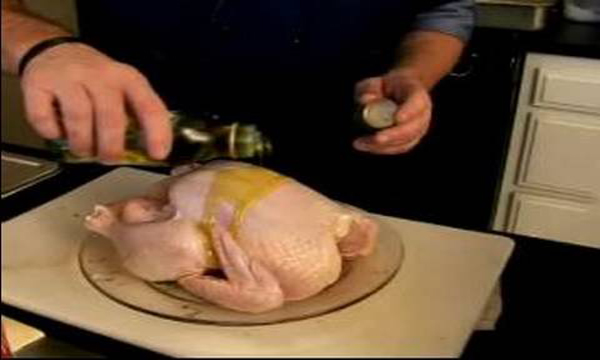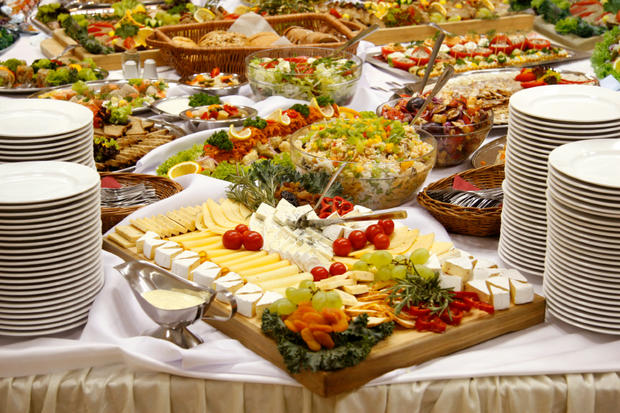
The moment you hear the word âchickenâ, doesnât your mouth start watering while hunger crazily rolls down inside your stomach? Chicken dishes undoubtedly are the undisputed kings of non-vegetarian food. It is almost unparalleled in its versatility and devotes itself with ease to a plethora of cooking methods, cuisines, and seasons. However some safety measures are always to be taken before consuming this delicious food item. So, all you chicken lovers scroll down to find some simple and easy to use recipe and safety tips which when incorporated in cooking habits would enhance the cooking and eating experience and make it a delight.
1. Know the importance of âUSDA Organicâ label
You may find variety of labels such as ânaturalâ, âfree-rangeâ, and âhormone freeâ on the packet of your raw chicken. But these claims might not be true as they are not nationally regulated. Even their definitions vary from producer to producer. So you never know the truth about its authenticity. So from now on, be label savvy and look for âUSDA Organicâ label. As per the USDA regulations, the USDA labeled chickens were raised without hormones and antibiotics. They were fed organic feed, and had an access to the outdoors.
2. Hygiene
What we all tend to do is rinsing the raw chicken thoroughly before cooking it. But itâs not a mandate to do so as the bacteria harbored in fowl are eliminated in the process of thorough cooking. However, note that cross-contamination acts as a real health hazard and can be eliminated by devoting a separate cutting board entirely to poultry. For convenience, you can color code the cutting boards. Once you are done with cooking, hands, knifes, cutting board and all the cooking utensils and the counter shelf must be properly washed with hot soapy water. Extra care must be taken while cooking other food items simultaneously.
3. Buy one food thermometer
Harmful bacteria such as salmonella and E-coli are destroyed at 165° F or higher temperatures and thus food thermometer would let you check the safe temperature. Alongside it would also let you to check whether the food has been thoroughly cooked or not.
4. Guidelines for storage
Fresh chicken should be kept in at 40° F fridge and must be cooked within two days of purchase. Otherwise, it needs to be placed in the freezer for safekeeping. Keep the frozen birds in the freezer until it’s time to defrost. The best way to defrost is by placing it in the fridge and to thaw gradually. In case you use microwave to defrost, make sure you cook the chicken right away. This ensures that whatever bacteria may still be present are killed.
Cooked chicken and the leftovers must be cut into pieces and then kept inside the refrigerator (after the steam has evaporated) once stored inside an airtight container. They should be consumed within 3 days. In case you want to eat it beyond several days, then you need to freeze it.
5. Reheating with flavor
So thereâs some leftover chicken in your refrigerator? Why donât you use a bit of liquid to add moisture and flavor to it? Sprinkle a dash of water and to enhance the taste you can add chicken broth or stock, a cream or tomato-based sauce, olive oil and balsamic vinegar or anything as per your taste. Donât forget to tightly cover the pot/pan. This way the moisture would remain intact.
Always remember health and safety come first and then comes the taste. One should never compromise with hygiene and the quality of the food. When it comes to non-vegetarian food items one must always be extra cautious. After all, precautions are any day better than the cure.



